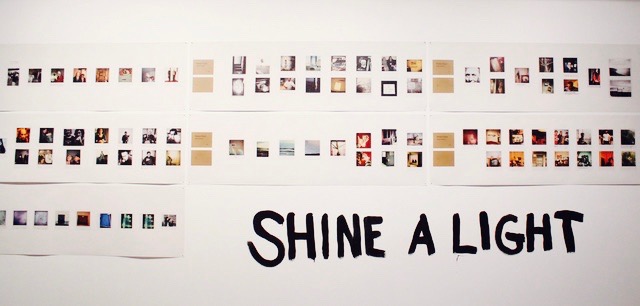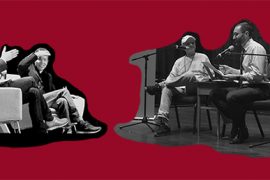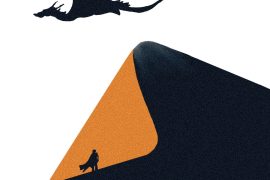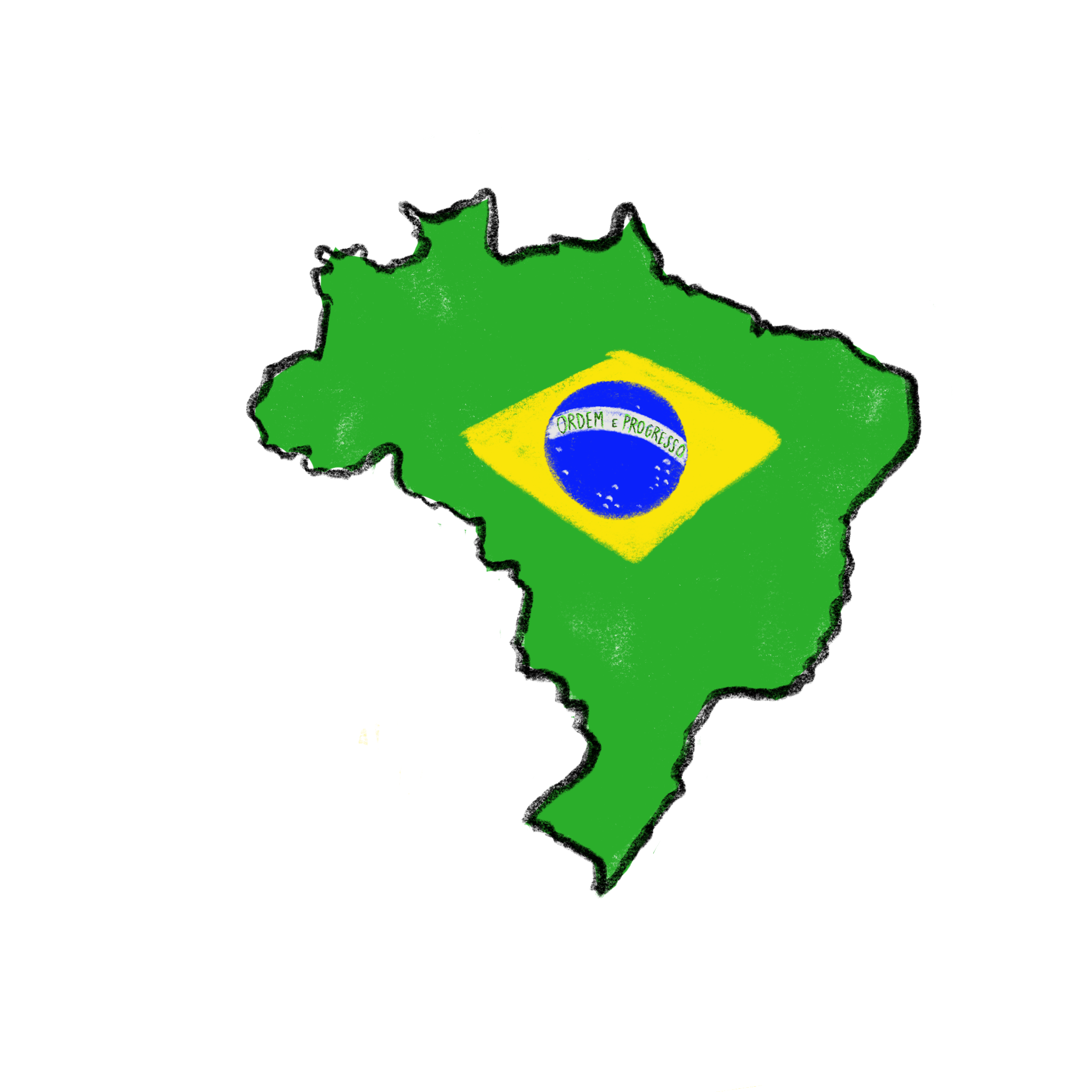Despite a perpetual belief in the universal importance of art, it is not common to find an art exhibition with something for everyone. Robert Frank’s retrospective photography exhibition “Books and Films 1947–2018” has that universal appeal. It was surprising that the show, even on a Tuesday at 2 p.m., wasn’t packed wall-to-wall with people trying to get a glimpse at 71 years of work created by one of Americana’s most celebrated living photographers.
The Blue Sky Gallery is a 42 year mainstay in the Portland Art scene. They are uniquely committed to being a public photography resource. Frank is an icon, and artists of his notoriety are typically shown in museums, not in independent galleries with free admission.
“Robert Frank is a really prominent photographer, he’s one of the most famous photographers, living especially,” gallery manager Amanda Clem said. “The fact that this work is even exhibited right now, in a gallery like ours, which is a non-profit, is rare. His work is not exhibited very often; it’s really quickly collected into private collections.”
Clem explained that the large-scale printing of Frank’s work is a great opportunity for viewers to get a chance to see the images blown up to a larger size than they would be able to see in his books. The work is, unusually, printed on non-archival newsprint—which would degrade much quicker than professional archival paper. This seems like a counterintuitive thing for photographers, who may want their work to last forever, to do. But archiving is not the purpose of this show. When it closes, all of the printed material will be destroyed by performance artists. Clem said the details of that destruction and when it will take place have not been worked out yet, but the gallery will provide details within the next few weeks as they are made available.

A quick Google search will reveal three of Frank’s iconic photographs: “Trolley,” “Parade,” and “Rodeo.” These works come from his iconic series and book: “The Americans.” However, Frank’s work before and after that series is largely unknown. “Books and Films 1947–2018” is important because it contextualizes that work within the larger body of work that is Frank.
Art Punk
The show’s title, scrawled quickly in paint on the wall, is well-aligned with Frank’s response to the show’s concept: “cheap, quick, and dirty—that’s how I like it!” A very blue collar, almost punk, approach to fine art.

The photographs in the window of the gallery next to the title are from the book: “Zero Mostel Reads a Book.” Mostel is a actor for both stage and screen most known for his stage performance as Tevye in “Fiddler on the Roof.” The series is an endearing look at Frank and Mostel having just enough laughs as they create amusing portrayals of Mostel experiencing different moods while he reads books. The series was theoretically meant as a gift to publishers to help advocate for reading.
An Artist’s Artist
Frank’s work is important not only for its historic glimpse into American culture but also for the deliberate artistic choices he made. One wall of the show is covered in his contact sheets. He doesn’t choose the most obvious shots, but instead tends to choose images just before or after the moment that seems most important. This choice creates a tension that brings his work to life in an unexpected way.
Inside the show, Gerhard Steidl hastily wrote various quotes on the walls. Frank’s long-time collaborator and publisher. Steidl’s photography book publishing services are highly sought after by photographers all around the world. Steidl recently talked about Frank and his vision and inspiration for the exhibition on OPB’s “State of Wonder.”
“For me—and for Robert as well—the art market is totally rotten; every bullshit that is falling from the wall created by a famous, international, well-known artist is going into the market and will be sold,” Steidl said. “That’s something which is not correct. Here we had an idea to make an exhibition for young people who have no access to Robert Frank’s photography anymore. And so the idea was born to make something totally inexpensive. To print with very high quality on newsprint.”
Steidl must be giddy thinking about the end of the show, when the newsprint photographs will be destroyed “and nothing is left for the rotten art market.”
Steidl organized the show by sectioning off each of Frank’s published photography books. Each book’s section contains selected works from the book printed on newsprint rolls. One section shows the portfolio of photographs Frank brought when he immigrated from Zurich to the United States in 1947 to search for work and a new way of life. Throughout the gallery, there are patches of Frank’s books hung from the ceiling in little levitating clusters that viewers can flip through for more extensive investigations.
There are disturbing elements of the show as well. America’s tragically long history of racism made an appearance in a cluster of photographs from 1955. On one of the walls, a group of kids Frank was photographing said they thought he was a communist and should go “to the other side of town and watch the niggers play.” It’s not just disturbing to see our country’s past racism; it’s infuriating to recognize the racist ignorance those kids displayed in 1955 still reflected today.

Frank currently lives part-time in both New York and Nova Scotia. Some of his later works are of his friends and wife in Nova Scotia, just hanging out and having a good time. There is one wall of the show with small projections of Frank’s films. Blue Sky Gallery has also collaborated with the NW Film Center to show some of Frank’s films outside the gallery.
***Robert Frank’s retrospective: “Books and Films 1947–2018” is on view through February 25, 2018, at Blue Sky Gallery in the downtown gallery blocks at 122 NW 8th Ave in Portland.
This article originally appeared in the print edition of our February 2018, issue.





